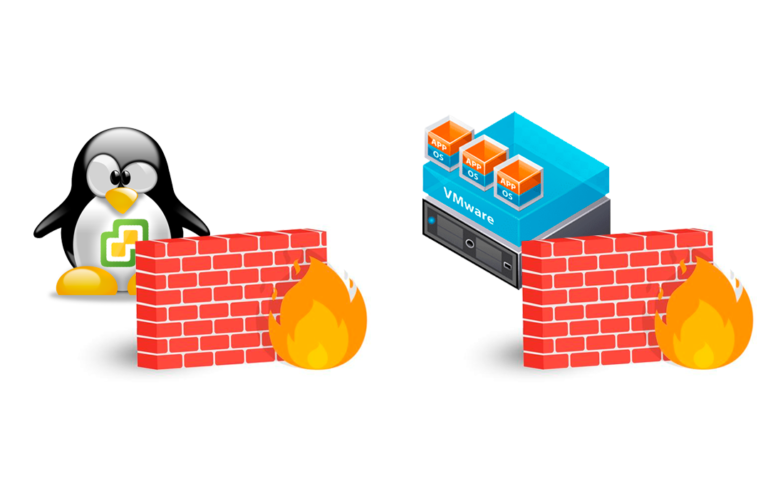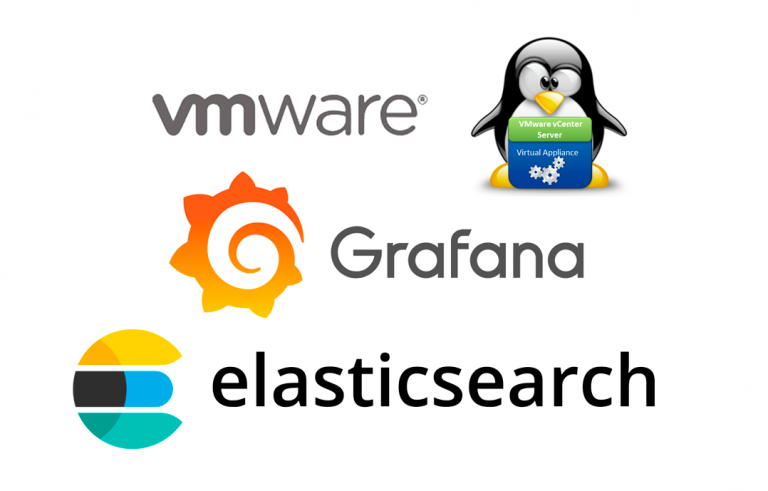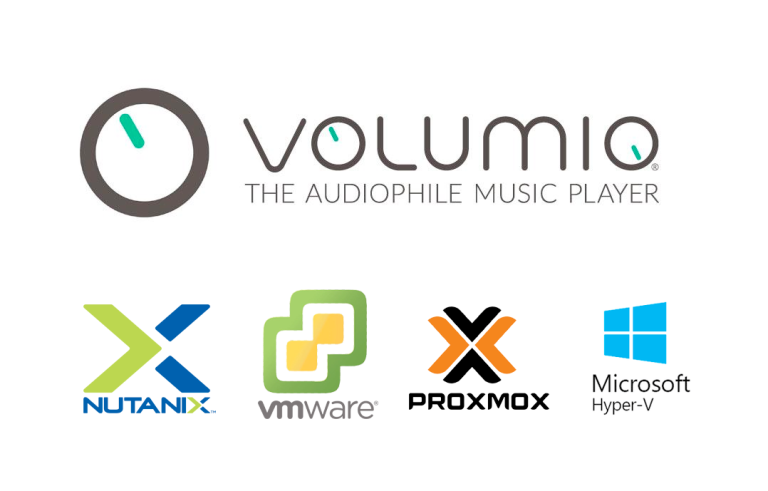
Using VMware View Composer
GOOD, this may be VMware View's most attractive product, the VMware View Composer, with this product, what we will achieve is to distribute Desktops to users from the same image for everyone. Without having to go around cloning a source VM, or have one full virtual machine per user, This is, the desktops we generate from this will not have a virtual hard drive, If not a link’ to a replica of the original virtual hard drive. With this we will achieve impressive storage savings, For example, if we design that our Desktops we want them to have 20Gb of disk, You don't need to allocate that amount to each VM, if, for example, we are going to distribute 50 Desks: 50MV x 20Gb = 1TB of space for VDI or VMware View environment only, as this does not make much sense, VMware View Composer is used to deploy Desktops from a single image, these new Desktops will occupy only their swap memory plus space (optional) that we want to give users to store information, What can it be 0. A greater level of detail will be given later.
This would be the graphical schematic of how the provisioning of the Desktops works. We have a source virtual machine with its operating system installed, with your common applications for our future users installed, member of a domain, Network Configuration with DHCP, with the agent installed, etc… Once it's ready to be cloned, a snapshot is taken of it while it is turned off. We can have several snapshots of this virtual machine with different configurations for different desktop deployments.
The replica is a copy of an exact version of the source VM, This is, is a complete copy of one of the chosen snapshots (In this document there will be only one snapshot, no more will be worked with).
And from this structure, We created so many clones (Also called vClon) of this replica as we need, in the image you can see a couple of VMs generated from this version of the source VM, They are snaphost instants. Clones don't write anything to disks, if they are not isolated in their own snapshots, So the data on the disk's replica’ they are untouchable and therefore all clones continue to access this disk. Apart from this, We have the possibility to create a data disk for users to store information, during the wizard it will ask us and if so,, it will map them to us with a letter on each of the Desktops.
For more detailed information you can consult this website that explains it great (yes indeed, In English): http://rodos.haywood.org/2008/12/storage-analysis-of-vmware-view.html
Installing VMware View Composer,
This is the software that will allow this to be fulfilled, to do this, we must install VMware View Composer on each of the VMware vCenter or VMware VirtualCenter servers in our organization that we want to be able to provide Desktops in an automated way.
We begin the installation of VMware View Composer on the VMware vCenter server, The installation is not crumb at all, “Next”,
We accept the license agreement “I accept the terms in the license agreement” & “Next”,
To install VMware View Composer, we need a SQL database, for this, During the Wizard, we will have to create a connection to it, so we first create an empty database on our SQL server and connect to it from “ODBC DSN Setup…”
Let's go to the tab “System DSN” And we created a new one since “Add…”,
Select “SQL Native Client” & “End”,
We indicate a name (in my case “VMware Composer”) and connect to our SQL Server, & “Following”,
We set up authentication as we have it… and “Following”,
Mark “Change the default database to:” and we choose the database we have created for VMware View Composer, In this case “VMwareComposer”, “Following”,
“End”,
Click on “Test Data Source…”
“OK” ready,
Click on “OK” since the connectivity is correct,
Enter the name of the DSN connectors we just created and the credentials we provided during the ODBC setup. “Next”,
Select the SOAP port, which by default is 8443 and if we have an SSL certificate installed on the computer we can select it, in my case, It will generate a new one for me. “Next”,
We check that the installation path is correct (Default “C:Program FilesVMwareVMware View Composer”) and click on “Install” to install immediately,
… Hope… By the way, VMware View Composer, It is only officially supported on an English-language operating system, so during installation if you get an error that the Network Service group is missing, you create it on your VMware vCenter server where you are installing it and that's it!
After a couple of minutes, We have the app installed, ready. “Finish”.
Now, we must go to the configuration of our VMware View server, to the “Configuration” and to the part of “VirtualCenter Servers”, there if we don't have a VMware vCenter server added, it will have to be added (http://www.bujarra.com/?p=2159). In the case at hand, it is taken for granted, So we edit the one we have set up from “Edit…”
We have to enable the check of “Enable View Composer” and indicate the connection port, that by default we have said that it will be the 8443. We must add at least one domain administrator account, so that VMware View Composer has sufficient domain-level privileges to customize the Desktops if needed, since “Add…”,
——————————————————–
EYE! that if we want to create a pool of Desktops automatically as we will do below, the sysprep will have to be placed on the vCenter server, with the version of the Operating System of the Desktops to be generated, to change the SID of the computers in the following path)
C:Documents and SettingsAll UsersApplication DataVMwareVMware VirtualCentersysprep2k
C:Documents and SettingsAll UsersApplication DataVMwareVMware VirtualCentersysprepsvr2003
C:Documents and SettingsAll UsersApplication DataVMwareVMware VirtualCentersysprepsvr2003-64
C:Documents and SettingsAll UsersApplication DataVMwareVMware VirtualCentersysprepxp
C:Documents and SettingsAll UsersApplication DataVMwareVMware VirtualCentersysprepxp-64
——————————————————–
Enter the domain name, The user's name with domain administrator credentials and password & “Add…”
List! If we click on the link “Advanced >>” it will show us the configuration on how many Desktops it will generate simultaneously (Maximum number of concurrent provisioning operations), and how many Desktops it will boot simultaneously (“Maximum number of concurrent power operations”), “OK”,
Now, what you have to do is generate a virtual machine that will be the VM Source, in this case it is a Windows XP with an Office, Updated as of today, with VMware Tools, Correct, Stuck in dominance, the IP address set to dynamic IP, Sysprep in the right location…
Once we have that, you have to make a snaphost of the VM Origin, So first, We turn it off (IMPORTANT) and we take a snapshot from the VMware infrastructure client, on the right-click VM > “Snapshot” > “Take Snapshot…”,
We provide a name and description of the virtual machine, in the event that we are going to have more than one 'image', make clear what content will have. “OK”,
We wait while it spawns and is ready.
Now, we can now return to the VMware View management console and we can create the set of Desktops, for this, Let's go to the tab “Desktops and Pools”, and click on “Add…” to create it,
We indicate an automated set of Desktops or “Automated Desktop Pool” & “Next”, to create a few Desktops for end users,
As we would like, can be Persistent or Non-Persistent, persistent indicates that when a user logs in for the first time to a Desktop, the latter is associated with it, and Non-Persistent that this connection will be random, “Next”,
We mark the VMware vCenter server(s) that we have installed VMware View Composer and check the “Use linked clone technology to create desktops in this pool” to enable what we are looking for! “Next”,
And now we're going to create the Desktops pool, we must indicate the Unique ID, and the name that users who connect will see, this name has to be something that is associated with the Desktops set, and that when they click on it, I took them to one of their Desks, “Next”,
We configure these options as we see fit, if we do not want the user's data to be saved when they log out… “Next”
We must enable if we want to use the provisioning of the Desktops, the number of Desktops we want it to generate (in this case we will create 10 clones), and the format of the name of the Desktops (in my case I'll use something like XP-Tec-01, XP-Tec-02, XP-Tec-03… for more information on naming read the VMware View Administration Guide PDF), “Next”
We must select which is the source virtual machine & “Next”,
It will show us the snapshots that the VM has, In my case I only have one, So I have no doubt what it will be, We marked it & “Next”,
We indicate the route where the Desks will be placed, “Next”,
Select the ESX host or ESX cluster where we want to run the Desktops,
We select a Resource Pool where he will put the Desktops, this is in case we want to configure the workstations to have a memory/CPU reserve, or limits, “Next”,
If we want users to be able to store information in the virtual machine, we have two options, one is to create and associate a hard drive for each Desktop, with the space we indicate and the user will have it mapped with the unit we indicate, care, pq if we indicate that we want 2Gb per virtual machine and we create 10 MV, we will already have 20Gb occupied. Or we can instruct it to be stored with the Desktop disk, limitless. “Next”,
Select the datastore where we will store the repository of the Desktops, “Next”,
About QuickPrep, we select the domain administrator account that will have privileges to join these Desktops to the domain, in addition to the possibility of indicating shutdown scripts, or where to locate the accounts of the teams in the Active Directory, “Next”,
We check that everything is correct and “Finish” to create this environment!!!
We can see on our VMware vCenter server, How fully automated virtual machines are generated, and they are initiated once they are created.
List, we see that the Pool of Desktops is out, now just like a regular Desktop, we must give permission to access it,
To do this, as always, by clicking on “Entitlements…”
“Add…” To add users/groups,
We're looking for a group of users who can use this set of Desktops and you're good to go, “OK”,
“OK”,
Now the user, when you open the VMware View Client, you will see that after authenticating you have access to a computer called the Desktop Pool, we select it,
… We wait while you set up your desk, or while turning on the Desktop, that can be turned off to save electricity…
And that's it!!!!!!
This would be a scan of my shared storage or datastore of the virtual environment, As we can see, Each directory has the disk space we originally estimated, Desktops or clones only have one large swap file, the Z disk that we indicated during the wizard…




























































































